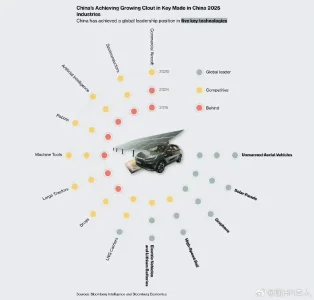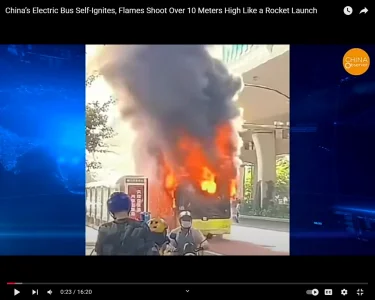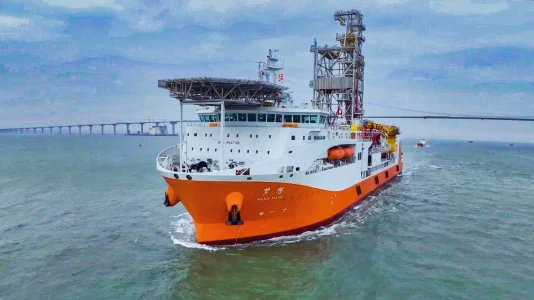Economic Watch: Airbus showcases new aircraft at Airshow China, highlighting sustainability
Source: Xinhua
Editor: huaxia
2024-11-16 16:39:45
A model of the new generation A350F freighter of Airbus is displayed at the 15th China International Aviation and Aerospace Exhibition in Zhuhai, south China's Guangdong Province, Nov. 12, 2024. A series of innovative products from Airbus are being exhibited, including the new generation A350F freighter model, the new generation A330neo widebody aircraft cabin and the H175 helicopter model, at the ongoing 15th China International Aviation and Aerospace Exhibition, also known as Airshow China, in Zhuhai. (Xinhua)
TIANJIN, Nov. 16 (Xinhua) -- A series of innovative products from Airbus are being exhibited, including the new generation A350F freighter model, the new generation A330neo widebody aircraft cabin and the H175 helicopter model, at the ongoing 15th China International Aviation and Aerospace Exhibition, also known as Airshow China, in Zhuhai, south China's Guangdong Province.
Decarbonization and sustainability have become the keywords for the aviation giant's participation in this year's exhibition.
"We focused on demonstrating products that can meet the needs of China's passenger and freighter markets, as well as the latest results of our R&D cooperation with partners in the field of sustainable development," said George Xu, Airbus executive vice president and Airbus China CEO.
The display of decarbonization features has yielded promising results. At the airshow, Airbus Beijing Engineering Centre signed a MoU with Chinese partners, aiming to turn "waste" into "treasure" by co-developing natural-fiber seat cushions from coconut fiber.
In the future, such cushions are expected to be used in aircraft cabins. Recycling coconut fiber, which features light weight, breathability and high elasticity, can reduce the environmental impact of aircraft interiors throughout their life-cycle, achieve waste utilization, and support the circular economy development of China's civil aviation sector.
Airbus is also contributing to China's development of the circular economy. In January this year, Airbus launched the Airbus Lifecycle Services Centre (ALSC), its first global aircraft recycling project, in southwest China's Sichuan Province. It started to dismantle and recycle the first aircraft in August this year.
It provides services including parking, storage, maintenance, upgrading, modification, dismantling, recycling and distribution of used and usable aviation materials after dismantling for aircraft of all ages, said Xu.
ALSC has become the first entity to break through the technical bottleneck in aircraft composite material recycling and explore the feasibility of recycling more materials with partners, Xu added.
Moreover, Airbus has made efforts to increase the use of new energy and optimize the sustainable aviation fuel (SAF) industry ecosystem.
Airbus has started to use 100 percent renewable electricity at its Tianjin and Beijing campuses, making the region the first among other Airbus campuses in the world to make full use of renewable electricity. It is planned that 100 percent of renewable electricity will be used in all campuses in China by 2030.
Airbus Tianjin has also deployed the use of SAF for its delivery flights and test flights, and to support Chinese operators for commercial flights, while deepening cooperation with the Chinese government, industry and academia on SAF industrial development.
Airbus is committed to working with its Chinese partners to lead the decarbonization of China's civil aviation through advanced industry standards and continuous innovation in aircraft recycling, sustainable aviation fuels and other innovative technologies, Xu said.
Airbus looks forward to jointly building a sustainable future for China's aviation industry, Xu added. ■
People visit the exhibition area of Airbus at the 15th China International Aviation and Aerospace Exhibition in Zhuhai, south China's Guangdong Province, Nov. 12, 2024. A series of innovative products from Airbus are being exhibited, including the new generation A350F freighter model, the new generation A330neo widebody aircraft cabin and the H175 helicopter model, at the ongoing 15th China International Aviation and Aerospace Exhibition, also known as Airshow China, in Zhuhai. (Xinhua)







